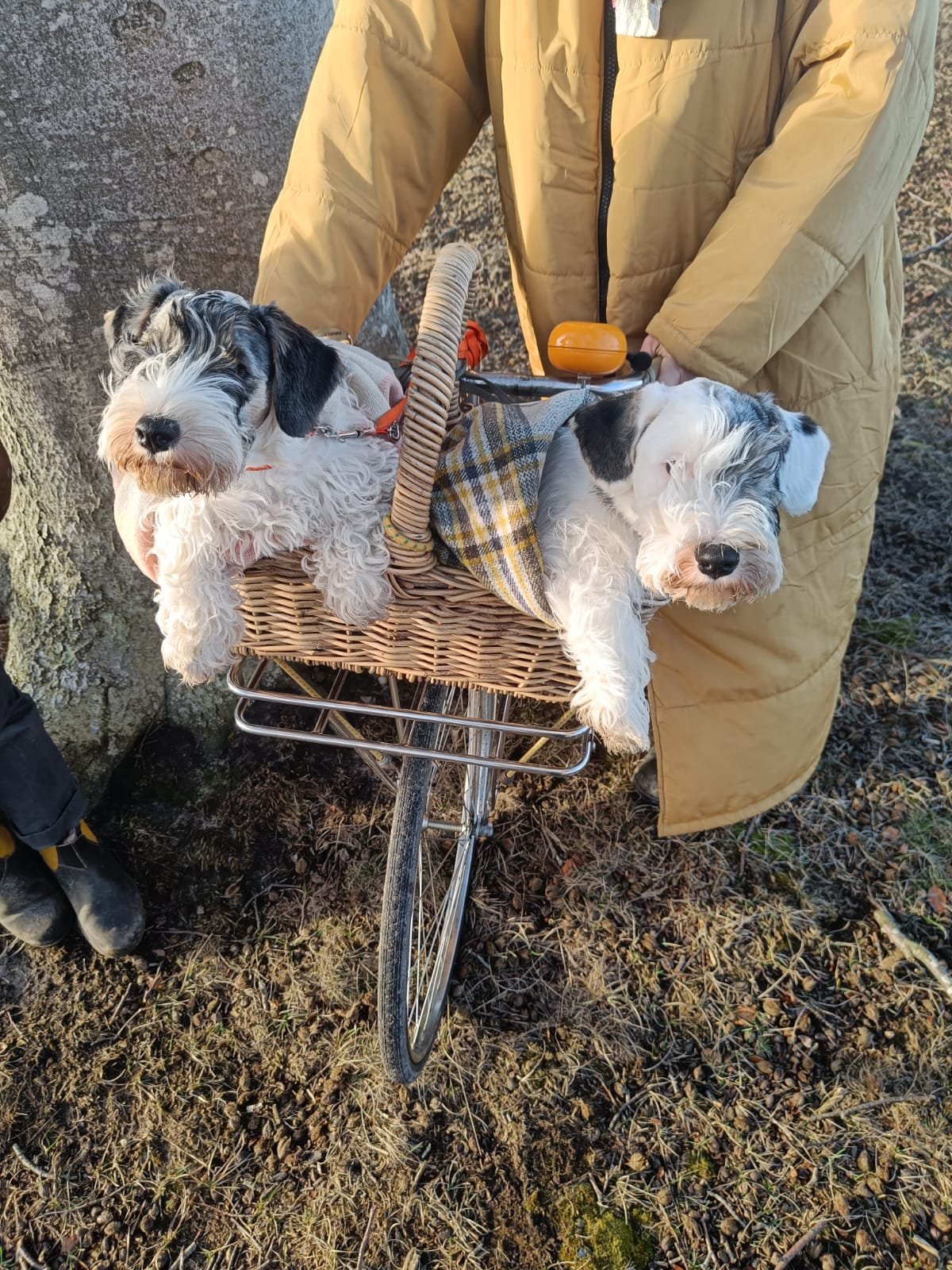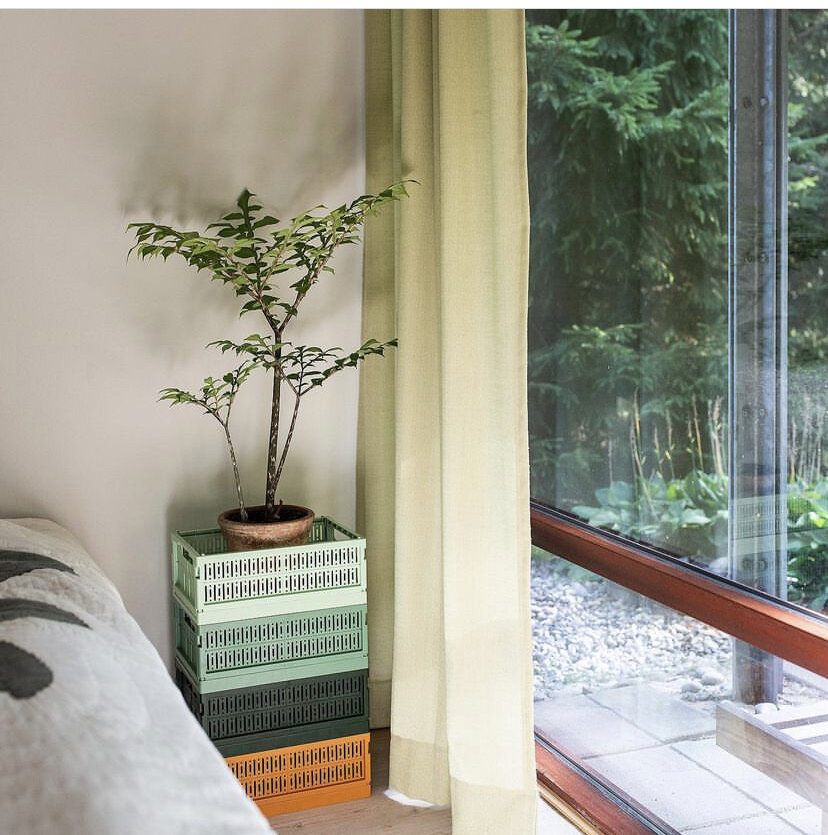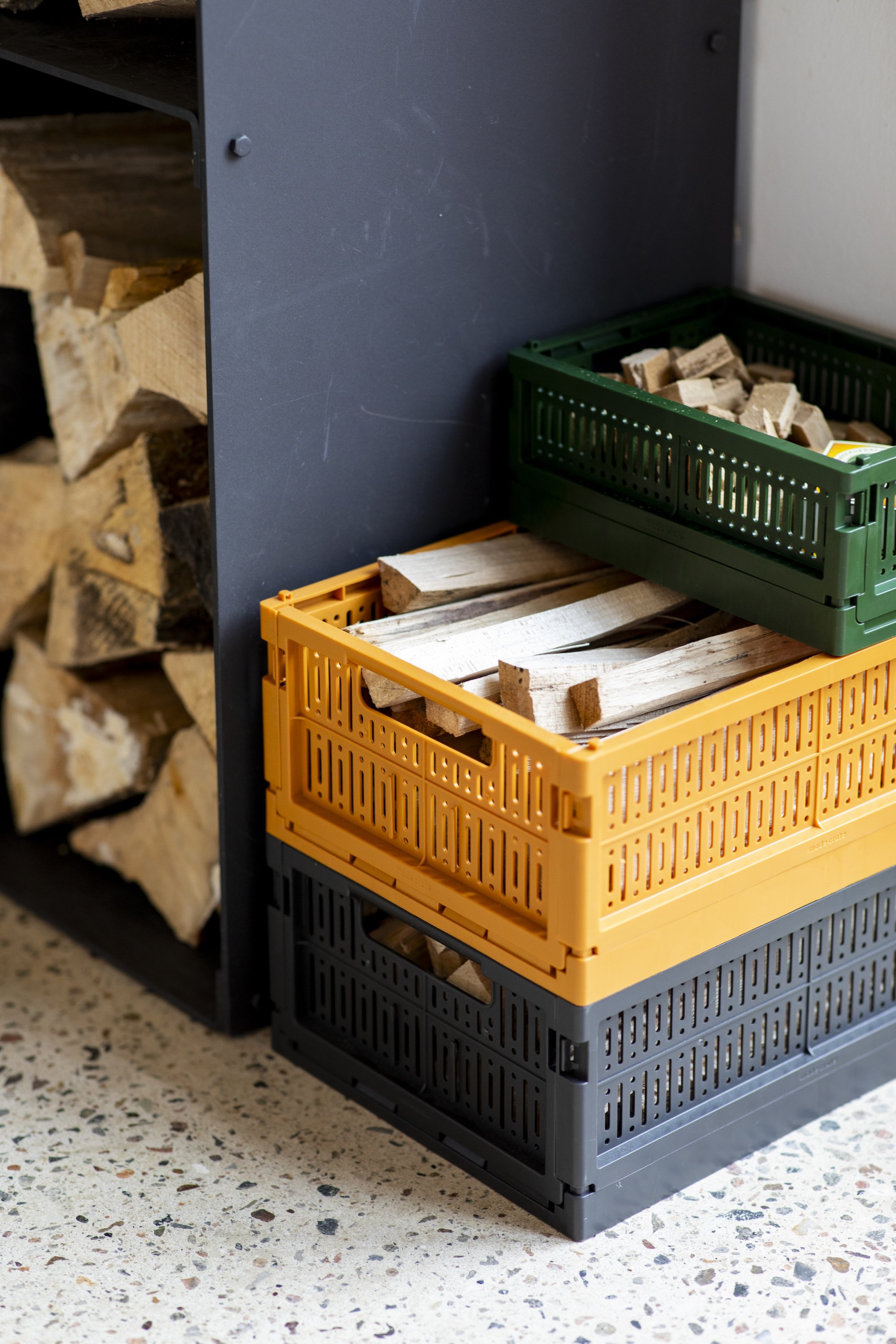 Image 1 of 1
Image 1 of 1


Sendak’s Sealyhams
Register your interest in the first puppy litter of Maeve, our Sealyham Terrier. She was born in Ringe, Fyn and jouneyed to Stroud with her brother, Maurice. She is three and we plan to breed when she is in season. This page will be updated when we have had the checks done.
The Sealyham Terrier is a small, sturdy, and spirited breed with a distinctive appearance – compact, muscular, and draped in a flowing white coat. With expressive dark eyes and bushy eyebrows, this low-to-the-ground terrier was once a celebrated hunter but is now an affectionate, comical companion for the right home. Standing around 25–31 cm at the shoulder and weighing roughly 8–9 kg, they carry themselves with confidence and determination.
2. Origins of the Breed
Bred in the mid-to-late 19th century by Captain John Edwardes of Sealyham House in Pembrokeshire, Wales, the Sealyham Terrier was developed for pest control and hunting small game, particularly badgers, foxes, and otters. A blend of various terrier types, including the West Highland White and Dandie Dinmont, was used to produce a white-coated, fearless hunter that could be spotted easily in dense undergrowth.
3. Breed Traits and Characteristics
• Size: Small and low-set but powerfully built.
• Coat: Harsh, wiry outer coat with a dense undercoat. Predominantly white with possible lemon, tan, or badger markings on ears and face.
• Temperament: Alert, courageous, independent yet affectionate. Known for their sense of humour and clownish charm.
• Energy Level: Moderate. They enjoy walks, playtime, and interactive enrichment but are not relentless high-octane dogs.
4. Ease of Training
Sealyhams are intelligent but can be independent thinkers – typical of most terriers. They respond well to consistent, firm (but fair) training with positive reinforcement and structure. Their comical nature can sometimes lead them to test boundaries, so owners should avoid being overly permissive.
• Training Strengths: Quick learners, especially when motivated.
• Challenges: Can be stubborn and slow to recall if something more interesting takes their fancy.
• Activities: Enjoy scent work, trick training, barn hunt, and earthdog-style games that tap into their natural prey drive.
5. Suitability for Pet Homes
• Families: Generally good with respectful children.
• Singles/Couples: Great companions, particularly for those who appreciate a dog with both character and cuddly downtime.
• Other Pets: May be dog-selective. Early socialisation is key. Small furry pets may trigger their hunting instincts.
• First-Time Owners: Suitable if owners are prepared to be consistent and understand terrier traits. They’re charming but not to be underestimated.
6. Intelligence and Cognitive Ability
Sealyham Terriers are sharp and spirited. They quickly learn routines, pick up on human emotions, and can solve problems with quiet determination. Their intelligence, however, is coupled with self-interest, so they require meaningful engagement rather than repetitive drills.
If their smarts were compared to a human child, you’d be looking at a clever 3–4-year-old with a cheeky sense of humour and an eye for loopholes in the rules.
7. Biological Needs and Fulfilment
Originally bred to chase quarry underground, Sealyhams benefit from:
• Digging games and scent-based enrichment (scatter feeds, nose work, find-it games).
• Short, purposeful walks with opportunities to sniff and explore.
• Mentally stimulating activities such as puzzle feeders, hide-and-seek, and clicker training.
They thrive when given jobs that challenge their mind and nose.
8. Health Considerations
• Common Issues: Lens luxation, allergies, deafness (particularly in all-white dogs), and skin conditions.
• Preventative Care: Regular ear and skin checks, eye tests, and careful grooming to avoid matting and debris in their coat.
• Lifespan: Approximately 12–14 years with good care.
9. Living Conditions
• Ideal Environments: Adaptable to flats or houses, as long as daily mental and physical exercise is provided.
• Climate Tolerance: Their coat gives some weather protection, but they’re best kept indoors as companions, not outdoor kennel dogs.
• Lifestyle Compatibility: A good match for owners who enjoy a blend of activity and cuddles, and who appreciate the quirks of a terrier.
10. Final Thoughts
The Sealyham Terrier is a charming contradiction – both dignified and daft, determined yet doting. A breed once prized by Hollywood and British aristocracy, they’ve fallen into rare breed status today, but make no mistake – they’re a hidden gem.
They suit owners who can enjoy their wit, set boundaries without harshness, and provide both mental engagement and physical affection. If you’re after a small dog with a big personality and a touch of vintage British spirit, the Sealyham might just be the breed for you.
Register your interest in the first puppy litter of Maeve, our Sealyham Terrier. She was born in Ringe, Fyn and jouneyed to Stroud with her brother, Maurice. She is three and we plan to breed when she is in season. This page will be updated when we have had the checks done.
The Sealyham Terrier is a small, sturdy, and spirited breed with a distinctive appearance – compact, muscular, and draped in a flowing white coat. With expressive dark eyes and bushy eyebrows, this low-to-the-ground terrier was once a celebrated hunter but is now an affectionate, comical companion for the right home. Standing around 25–31 cm at the shoulder and weighing roughly 8–9 kg, they carry themselves with confidence and determination.
2. Origins of the Breed
Bred in the mid-to-late 19th century by Captain John Edwardes of Sealyham House in Pembrokeshire, Wales, the Sealyham Terrier was developed for pest control and hunting small game, particularly badgers, foxes, and otters. A blend of various terrier types, including the West Highland White and Dandie Dinmont, was used to produce a white-coated, fearless hunter that could be spotted easily in dense undergrowth.
3. Breed Traits and Characteristics
• Size: Small and low-set but powerfully built.
• Coat: Harsh, wiry outer coat with a dense undercoat. Predominantly white with possible lemon, tan, or badger markings on ears and face.
• Temperament: Alert, courageous, independent yet affectionate. Known for their sense of humour and clownish charm.
• Energy Level: Moderate. They enjoy walks, playtime, and interactive enrichment but are not relentless high-octane dogs.
4. Ease of Training
Sealyhams are intelligent but can be independent thinkers – typical of most terriers. They respond well to consistent, firm (but fair) training with positive reinforcement and structure. Their comical nature can sometimes lead them to test boundaries, so owners should avoid being overly permissive.
• Training Strengths: Quick learners, especially when motivated.
• Challenges: Can be stubborn and slow to recall if something more interesting takes their fancy.
• Activities: Enjoy scent work, trick training, barn hunt, and earthdog-style games that tap into their natural prey drive.
5. Suitability for Pet Homes
• Families: Generally good with respectful children.
• Singles/Couples: Great companions, particularly for those who appreciate a dog with both character and cuddly downtime.
• Other Pets: May be dog-selective. Early socialisation is key. Small furry pets may trigger their hunting instincts.
• First-Time Owners: Suitable if owners are prepared to be consistent and understand terrier traits. They’re charming but not to be underestimated.
6. Intelligence and Cognitive Ability
Sealyham Terriers are sharp and spirited. They quickly learn routines, pick up on human emotions, and can solve problems with quiet determination. Their intelligence, however, is coupled with self-interest, so they require meaningful engagement rather than repetitive drills.
If their smarts were compared to a human child, you’d be looking at a clever 3–4-year-old with a cheeky sense of humour and an eye for loopholes in the rules.
7. Biological Needs and Fulfilment
Originally bred to chase quarry underground, Sealyhams benefit from:
• Digging games and scent-based enrichment (scatter feeds, nose work, find-it games).
• Short, purposeful walks with opportunities to sniff and explore.
• Mentally stimulating activities such as puzzle feeders, hide-and-seek, and clicker training.
They thrive when given jobs that challenge their mind and nose.
8. Health Considerations
• Common Issues: Lens luxation, allergies, deafness (particularly in all-white dogs), and skin conditions.
• Preventative Care: Regular ear and skin checks, eye tests, and careful grooming to avoid matting and debris in their coat.
• Lifespan: Approximately 12–14 years with good care.
9. Living Conditions
• Ideal Environments: Adaptable to flats or houses, as long as daily mental and physical exercise is provided.
• Climate Tolerance: Their coat gives some weather protection, but they’re best kept indoors as companions, not outdoor kennel dogs.
• Lifestyle Compatibility: A good match for owners who enjoy a blend of activity and cuddles, and who appreciate the quirks of a terrier.
10. Final Thoughts
The Sealyham Terrier is a charming contradiction – both dignified and daft, determined yet doting. A breed once prized by Hollywood and British aristocracy, they’ve fallen into rare breed status today, but make no mistake – they’re a hidden gem.
They suit owners who can enjoy their wit, set boundaries without harshness, and provide both mental engagement and physical affection. If you’re after a small dog with a big personality and a touch of vintage British spirit, the Sealyham might just be the breed for you.






























